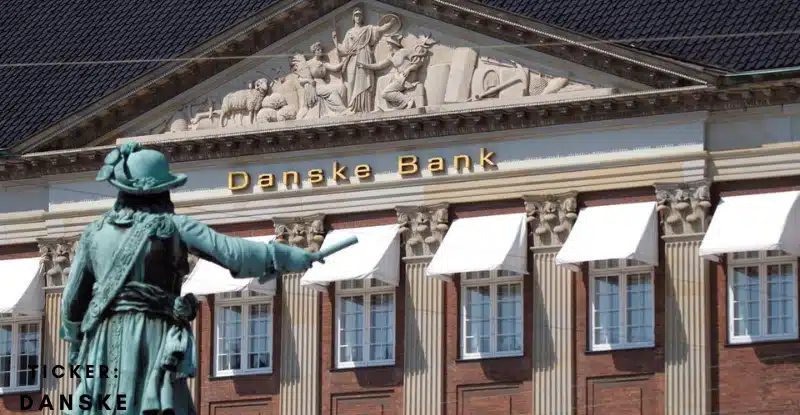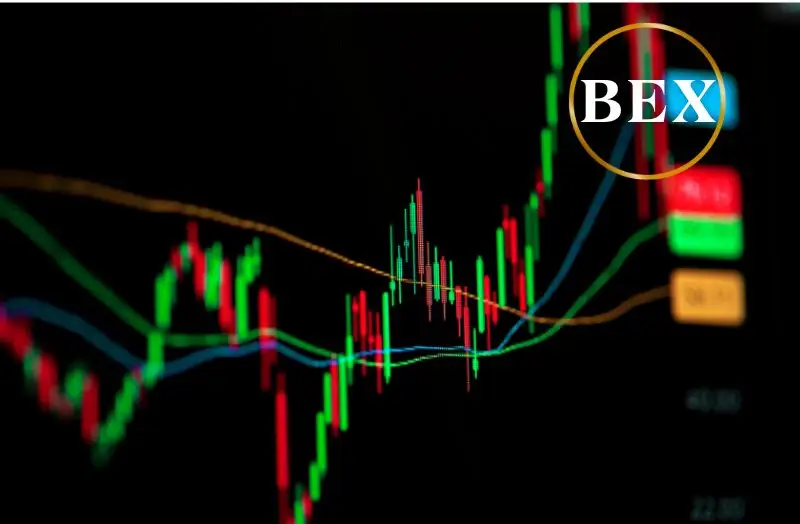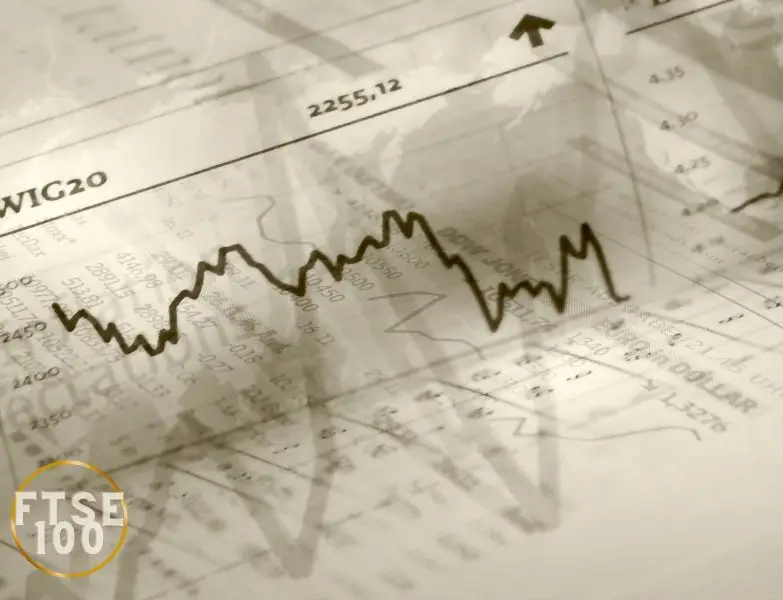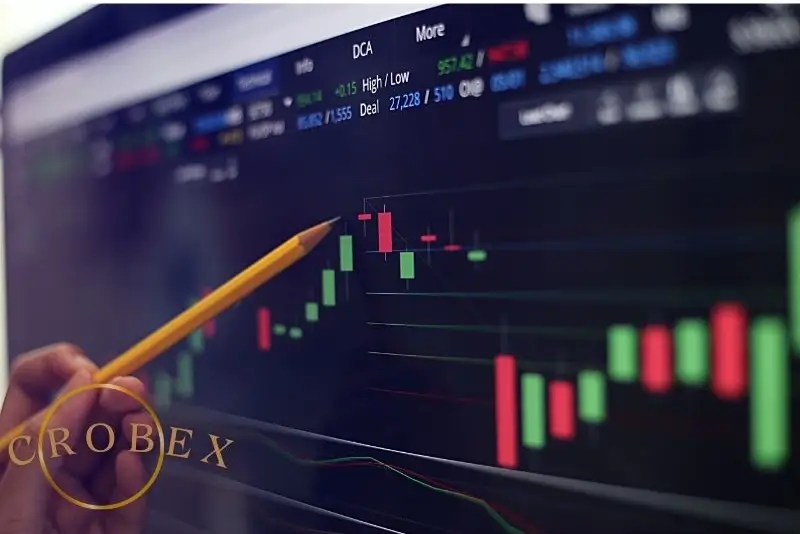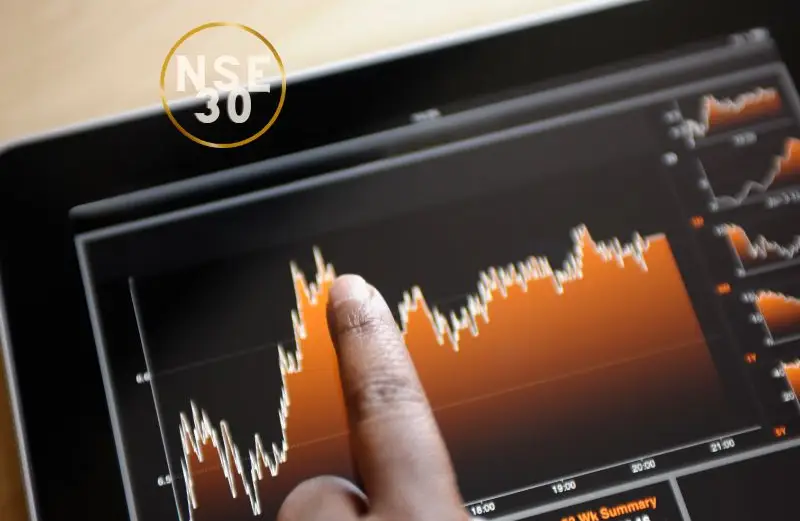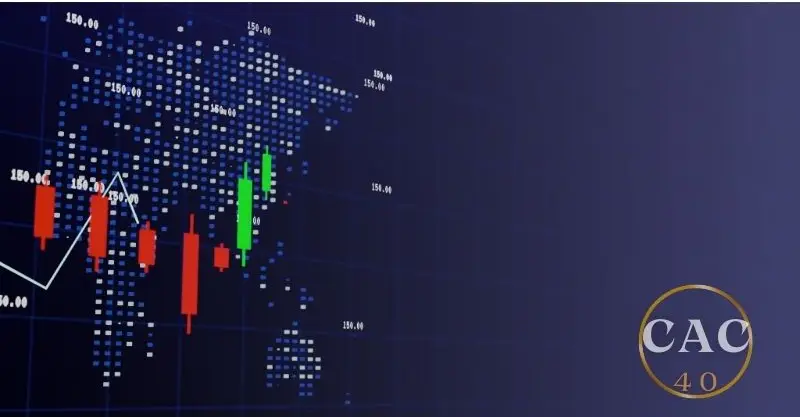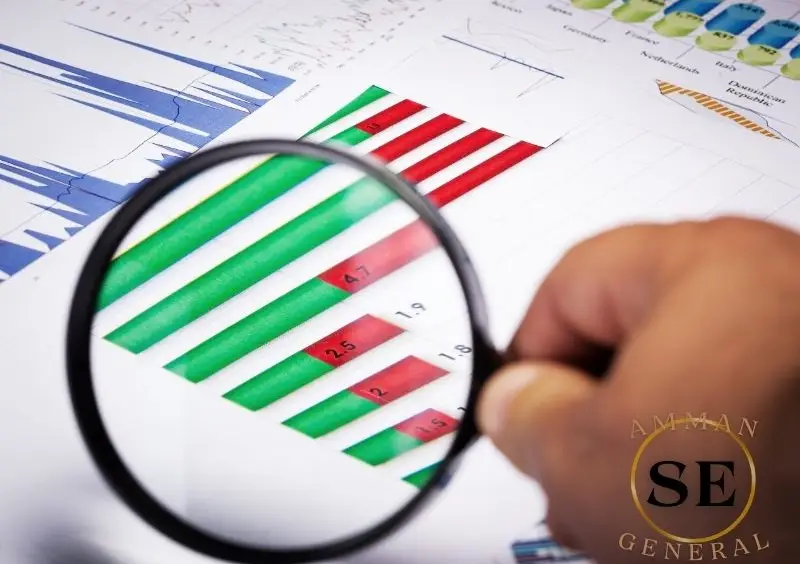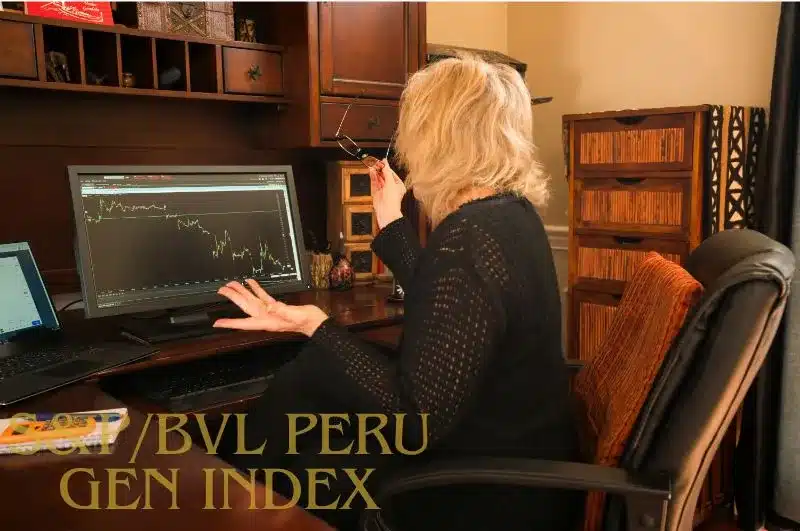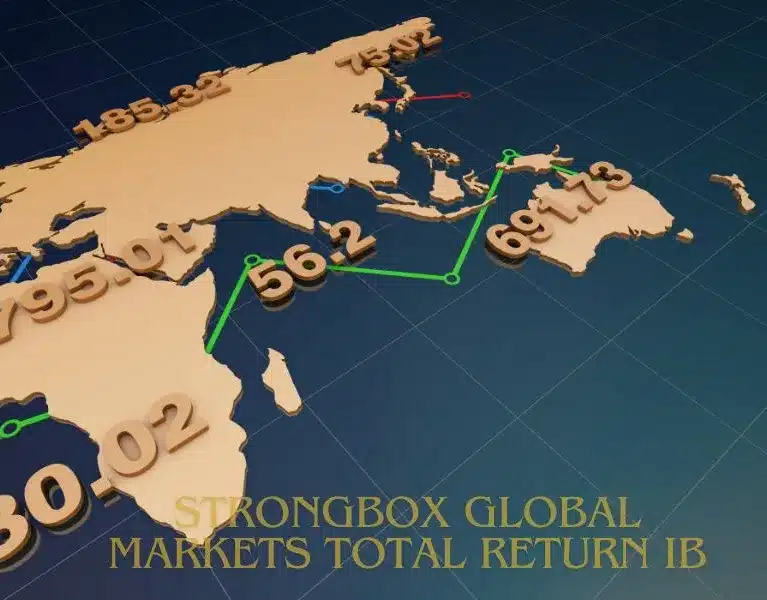Have you ever wondered about the intriguing world of the stock market in the Soviet Union? Despite being a communist country, the stock market played a crucial role in the Soviet economy.
Investing in stocks provided individuals with opportunities to participate in the ownership of state-owned enterprises, allowing them to benefit from their success and contribute to the growth of the economy.
Two main stock indices existed in the Soviet Union: Moscow Interbank Currency Exchange (MICEX) and Russian Trading System (RTS). These indices tracked the performance of different sectors and companies, providing valuable insights for investors and policymakers.
Understanding the dynamics of the stock market in the Soviet Union is essential for grasping the complexities of its economic system and its transition to a market-based economy. Stay tuned for more fascinating insights into this lesser-known aspect of Soviet history!
How Does the Stock Market Work in Soviet Union
In the Soviet Union, the stock market operated differently compared to capitalist economies. Instead of traditional stock exchanges where individuals could buy and sell shares of publicly traded companies, the Soviet government controlled all major industries and enterprises.
Investing in the stock market in the Soviet Union was not as straightforward as it is in Western countries. The government made decisions on resource allocation, production targets, and investment priorities without input from individual investors.
Despite these differences, there were still opportunities for individuals to invest in state-owned enterprises through various savings and investment schemes. These schemes allowed citizens to indirectly participate in the profits generated by these enterprises.
Some major state-owned enterprises that were profitable in the Soviet Union included:
- Gazprom – a leading natural gas company
- Rosneft – a major oil company
- Sberbank – the largest bank in Russia
- Lukoil – an oil and gas company
- Rostec – a state-owned technology conglomerate
While investing in the stock market in the Soviet Union was limited compared to capitalist economies, individuals still had opportunities to participate indirectly through state-controlled enterprises. The government played a central role in managing economic activities and investment decisions.
What is the benefits of buying stocks in Soviet Union
Investing in the Soviet Union stock market during its existence had some potential benefits, including:
1. Diversification: Buying stocks in the Soviet Union stock market could have provided investors with a way to diversify their investment portfolios and reduce risk.
2. Potential for growth: Despite its limitations, the Soviet Union stock market had the potential for growth, especially as the economy began to transition towards a more market-based system.
3. Unique opportunities: Investing in the Soviet Union stock market could have offered unique opportunities to capitalize on sectors that were not easily accessible in other markets.
However, there were also risks and challenges associated with investing in the Soviet Union stock market:
1. Political instability: The Soviet Union was known for its political volatility, which could have had a significant impact on the performance of stocks in the market.
2. Limited information: Investors may have faced challenges obtaining accurate and timely information about companies listed on the Soviet Union stock exchange due to government controls and restrictions.
3. Currency risk: Fluctuations in the value of the Soviet ruble could have affected returns for foreign investors buying stocks in the market.
In conclusion, investing in the Soviet Union stock market would have required careful consideration of these factors and a willingness to take on additional risks compared to more established markets. It is important for investors to conduct thorough research and seek professional advice before making any investment decisions.
The main stock indices in Soviet Union
Stock market indices are important indicators that provide a snapshot of the overall performance of a stock market or a specific sector within it. They consist of a basket of selected stocks that are representative of the market as a whole. The most important stock market indices include the S&P 500, Dow Jones Industrial Average, and Nasdaq Composite in the United States, FTSE 100 in the UK, DAX in Germany, and Nikkei 225 in Japan.
In the Soviet Union, which was a socialist state with a centrally planned economy, there was no traditional stock market like those found in capitalist economies. Instead, the government controlled all major industries and economic activities. However, there were state-owned enterprises and collective farms where shares could be bought and sold among workers or members.
Regulation of these entities and transactions was overseen by government agencies such as the State Planning Committee (Gosplan) and Ministry of Finance. Prices for goods and services were set by the state rather than determined by supply and demand in a free market system.
While stock market indices played a crucial role in capitalist economies for investors to track market trends and make informed decisions about their investments, they were not relevant in the Soviet Union due to its centralized economic system. The focus was on meeting production targets set by central planners rather than on maximizing profits through trading stocks.
Overall, understanding stock market indices is essential for investors to gauge the performance of different markets and sectors. However, in socialist economies like the Soviet Union, where central planning dominated economic activities, traditional stock markets operated differently or did not exist at all.
Recap: The stock market in Soviet Union
The stock market in the Soviet Union was virtually non-existent due to the country’s socialist economic system. The government controlled all major industries and enterprises, leaving no room for private ownership or trading of stocks.
Instead of a traditional stock market, the Soviet Union had a centrally planned economy where production targets were set by the state and prices were determined by government officials. This lack of market forces led to inefficiency and widespread shortages in goods and services.
Overall, the stock market in the Soviet Union was a stark contrast to Western capitalist economies, with little opportunity for individual investors to participate in financial markets. The collapse of the Soviet Union in 1991 marked the end of this economic system and paved the way for more market-oriented reforms in former Soviet republics.









